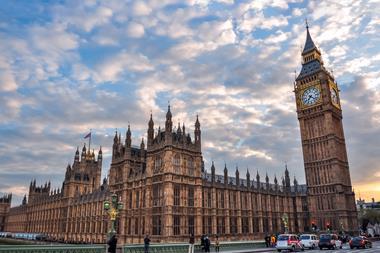Sponsored content: Stephen Kennedy, director of insurance pricing at Pearson Ham, discusses how the challenging operating environment for insurers has led to new thinking on pricing
In recent months, several insurers have published their 2022 results, which show loss ratios soaring.
Even where overall gross written premiums have increased, profitability has suffered. We are now seeing different product and distribution strategies playing out, including one player exiting the UK motor market, but how has pricing responded to the challenge?

The causes of the increased cost of claims have been well documented. Changes to import tariffs following Brexit, labour shortages, scarcity of parts and materials and the ongoing impact of Covid on supply chains have been exacerbated by the war in Ukraine.
Home insurance has been further rocked by unexpected weather events, increasing the frequency as well as severity of claims. Even low-priced new entrants have had to raise premiums.
Last year, FCA reforms to general insurance pricing practices sent pricing into turmoil. Renewal prices dropped, improving retention but taking demand out of the new business market, while prices there increased sharply.
To an extent, this was mitigated by new product development and Pearson Ham observed the launch of several lower priced propositions.
Motor premiums
Overall, according to the ABI, premiums paid for motor and home insurance fell slightly in 2022 following the rebalancing. During a period of rising costs, this created obvious challenges and Q4 2022 saw quarter-on-quarter increases in the region of 8% for motor insurance.
In the first three months of this year, quoted motor insurance prices rose by over 7% – with an increase of 9% for combined home insurance cover.
The industry has felt the pressure and is taking serious action to remedy the situation. The question is, has enough been done to combat rising expenses?
Although prices have risen sharply in recent months, they have only just exceeded pre-pandemic levels. From a customer perspective, rising insurance prices are adding to the already heavy cost of living burden.
Historically, we have seen that this can lead to more claims, lapsing of non-mandatory cover and increased fraudulent activity – putting additional pressure on insurers.
My expectation is that we will see further price increases. Rising costs have had a significant detrimental impact on profits and premiums are unlikely to be at a sustainable level yet.
However, the market remains competitive and increasing new business quote demand, driven by year on year price inflation at renewal, could result in some tactical pricing action.
A lot can be lost in averages and there may well be segments that are attractive to some insurers due to back versus front book dynamics, as well as expected claims behaviour. It is likely that we could see shifting competitive footprints as this evolves over time.
Growth aspirations still exist and it is possible that short-term profit could be waived in favour of longer-term volume in some cases, particularly if the market continues to harden. Identifying changes in competitor strategies remains key to being able to better understand performance and respond appropriately.

Hosted by comedian and actor Tom Allen, 34 Gold, 23 Silver and 22 Bronze awards were handed out across an amazing 34 categories recognising brilliance and innovation right across the breadth of UK general insurance.



















































